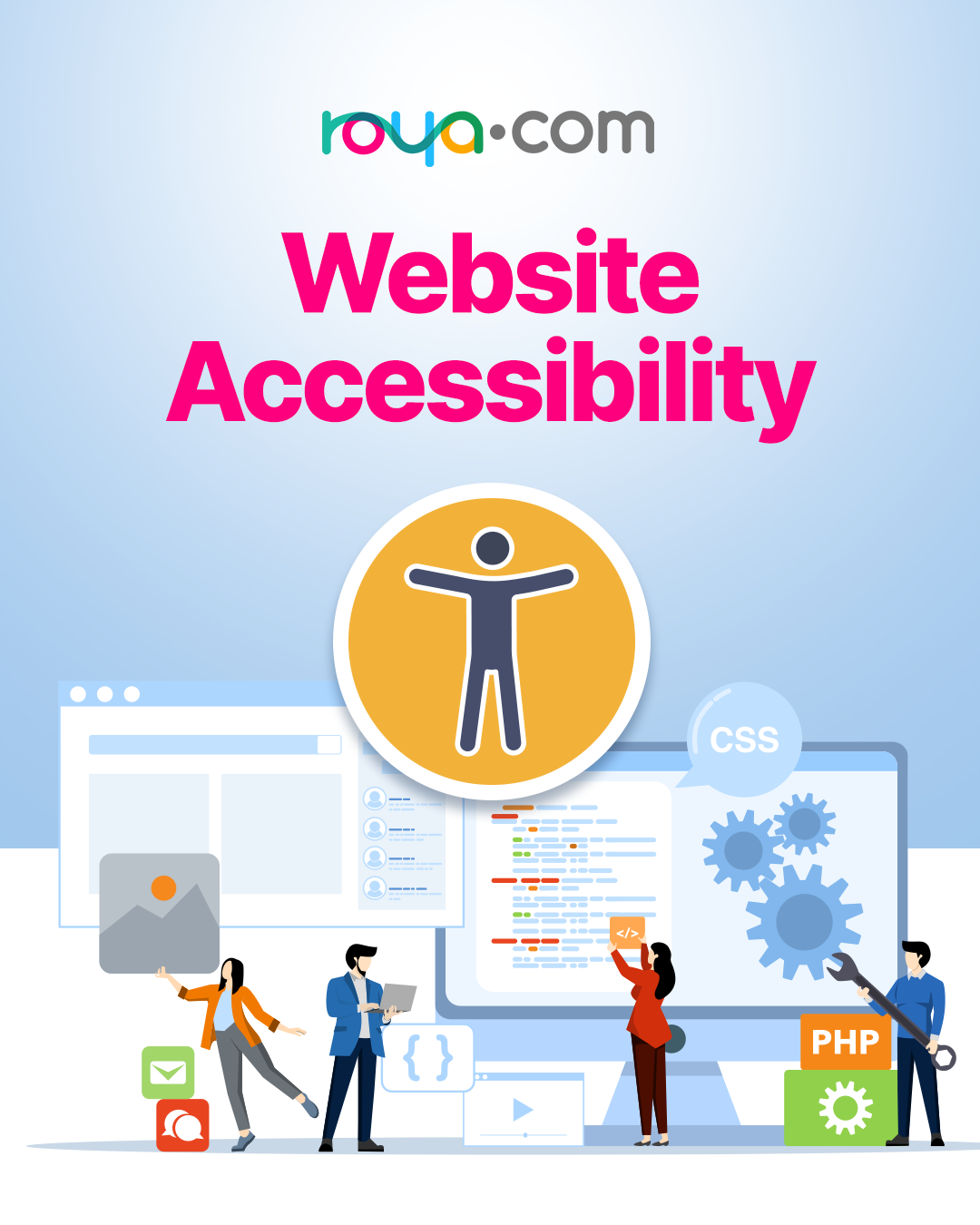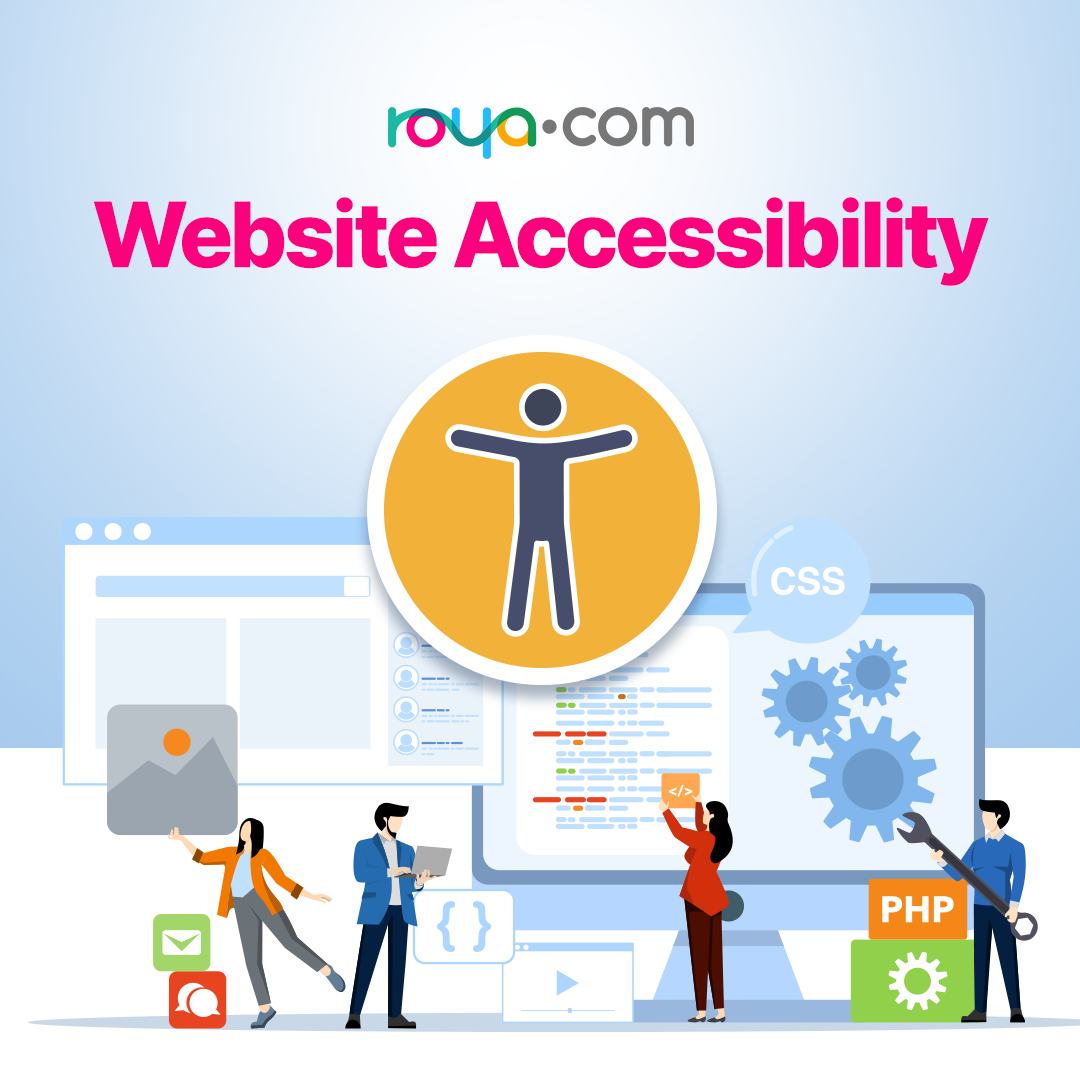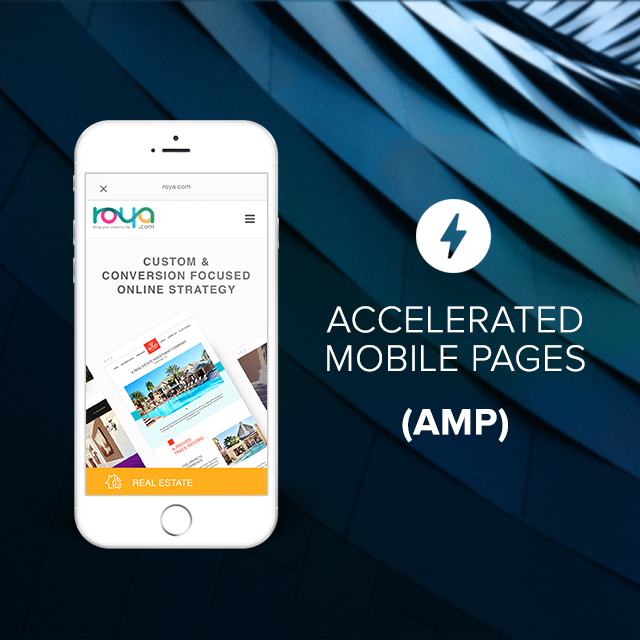When patients visit your website, they should be able to access information, book appointments, and interact with your practice, regardless of their physical abilities. Especially for healthcare businesses, like dental and eye care providers, ensuring your website is accessible isn’t just about improving usability; it’s about offering inclusive care and keeping your practice open to everyone. With rising awareness and legal attention around the Americans with Disabilities Act (ADA), now is the time to review your website through the lens of accessibility.
Why Website Accessibility Matters
Web accessibility ensures that people with disabilities, whether they have visual, auditory, motor, or cognitive impairments, can access and interact with your website effectively. This includes the ability to:
Navigate your site using a keyboard or screen reader
Understand content with or without visuals or sound
Submit forms, request appointments, or view important health information
For healthcare practices like dental and optometry offices, accessibility isn’t just about SEO, it’s about serving every patient with the same level of care and respect, online and off.
Understanding the ADA and WCAG Guidelines
The Americans with Disabilities Act (ADA) prohibits discrimination against individuals with disabilities, and while it doesn't explicitly mention websites, courts have increasingly interpreted websites as "places of public accommodation." As a result, many businesses have faced lawsuits over inaccessible web content.
To help create accessible websites, the Web Content Accessibility Guidelines (WCAG) were developed. These guidelines outline how to make digital content more perceivable, operable, and understandable for all users.
Accessibility Best Practices: A Checklist for Your Website
Below is a simplified checklist based on core WCAG principles that your practice can use to evaluate whether your site supports accessibility:
Keyboard Navigation
Ensure that users can move through all interactive elements using only a keyboard (like the Tab and Enter keys).
Alt Text for Images
Use descriptive alternative text (alt tags) for meaningful images so screen readers can describe them to visually impaired users.
High Contrast and Readable Text
Use sufficient contrast between text and background colors. Choose clean, legible fonts that are easy to read at various sizes.
Descriptive Links and Buttons
Avoid vague text like “click here.” Buttons and links should clearly describe their purpose (i.e., “Schedule Your Appointment”).
Accessible Forms
Label all fields clearly, provide helpful error messages, and make forms easy to complete with assistive technologies.
Responsive and Mobile-Friendly Design
Ensure your site works well on mobile devices, including for users with limited dexterity or vision.
Audio & Video Accessibility
Provide captions for videos and transcripts for audio content to ensure full comprehension without sound.

How Roya Supports Accessibility
At Roya.com, we design and develop websites with accessibility in mind, incorporating industry best practices that align with WCAG standards by leveraging tools that specialize in accessibility.
Our websites include an ADA accessibility widget powered by UserWay, a trusted accessibility technology that helps users customize their experience and supports your website’s accessibility goals. This widget offers features such as:
Text size adjustment
Contrast toggles
Keyboard navigation enhancements
Screen reader compatibility
And more
By integrating UserWay, our clients gain a powerful tool designed to enhance accessibility for all users, including those with visual, auditory, or motor impairments.
Tools to Help You Evaluate Accessibility
Even with tools in place, accessibility is an ongoing effort. Consider running regular checks using these free resources:
WAVE by WebAIM
Google Lighthouse (available in Chrome DevTools)
axe DevTools browser extension
NVDA (Windows) or VoiceOver (Mac) screen reader tools
These tools can help identify areas for improvement and ensure that your site continues to support users of all abilities.
Ready to modernize your Practice’s website?
An accessible website is more than a legal safeguard; it’s a reflection of your practice’s values and commitment to providing care for everyone. By taking steps to improve accessibility, you’re making your digital presence more inclusive, patient-friendly, and future-ready.
Whether you're refreshing your current website or starting from scratch, Roya is here to help you build a strong, accessible foundation with the tools and technology to support your goals.
Learn how Roya’s Canvas platform, built with accessibility in mind, can help elevate your online presence while supporting ADA and WCAG standards through powerful tools like the UserWay widget.













